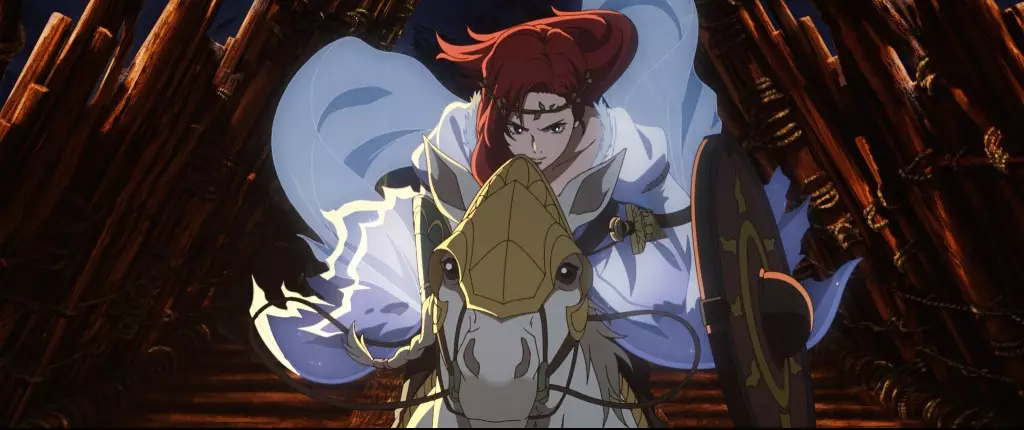The recent premiere of The Lord of the Rings: The War of the Rohirrim, an anime adaptation by New Line Cinema, has sparked widespread discussions in the film community. With an opening weekend gross of only $4.5 million, the film has struggled to find financial footing, prompting an unusually swift digital release set for December 27—merely 14 days after its theatrical debut. This early availability on platforms like Amazon Prime Video and AppleTV might provide convenience for audiences, but it raises questions about the viability of theatrical releases in a market saturated with family-oriented holiday films. Competing titles such as Sonic the Hedgehog 3, Mufasa, Wicked, and Moana 2 will undoubtedly make it difficult for War of the Rohirrim to maintain its cinema presence, leaving many to ponder how much longer theaters can justify showing a film that has underperformed.
The situation becomes all the more pressing when we consider the financial aspect of the animated feature, which comes with a hefty production cost of $30 million. The fact that the film saw a 72% drop in attendance during its second weekend—averaging just $1.25 million for a cumulative total of $7.3 million—highlights a troubling trend. The severe decline in viewership suggests that, despite the allure of the Lord of the Rings franchise, even brand recognition may not be enough to attract audiences if the material does not resonate with contemporary viewers. The once-stalwart success of the franchise, which has collectively grossed over $6 billion and received 17 Academy Awards, feels distant in light of these disappointing box office results.
Compounding the dilemma is the wrinkle involving the rights to the franchise, which require New Line Cinema to produce a Lord of the Rings film at regular intervals. The last major installment was a decade ago with The Hobbit: The Battle of the Five Armies. This necessity to produce content frequently ties into the broader discussion around intellectual property in modern cinema. Warner Bros.’ decision to greenlight War of the Rohirrim, made prior to the leadership transition to Michael De Luca and Pam Abdy, speaks volumes about the pressures involved in maintaining rights to beloved franchises. It seems that studios often prioritize contractual obligations over strategic storytelling, leading to a disconnection between quality and market demands.
Looking ahead, hopes remain for future projects within the franchise. Warner Bros. has plans for a new film titled Lord of the Rings: The Hunt for Gollum, which involves the creative collaboration of noteworthy industry figures including Andy Serkis, who will also star and direct. With talented writers such as Fran Walsh and Philippa Boyens contributing, there is some optimism that upcoming projects may resonate more strongly with audiences. However, the narrative structures and thematic relevance of these adaptations will ultimately determine their success. The unique legacy of Middle-earth cannot simply be co-opted without fresh, compelling stories that connect with today’s viewers. Only time will tell if the franchise can recover from its current plight and recapture the magic that once captivated the world.

